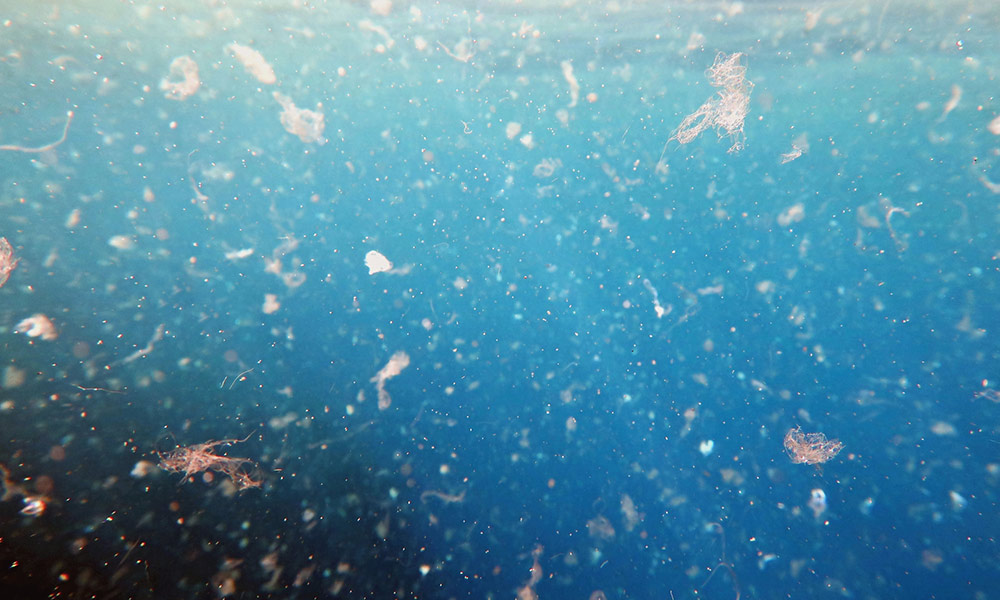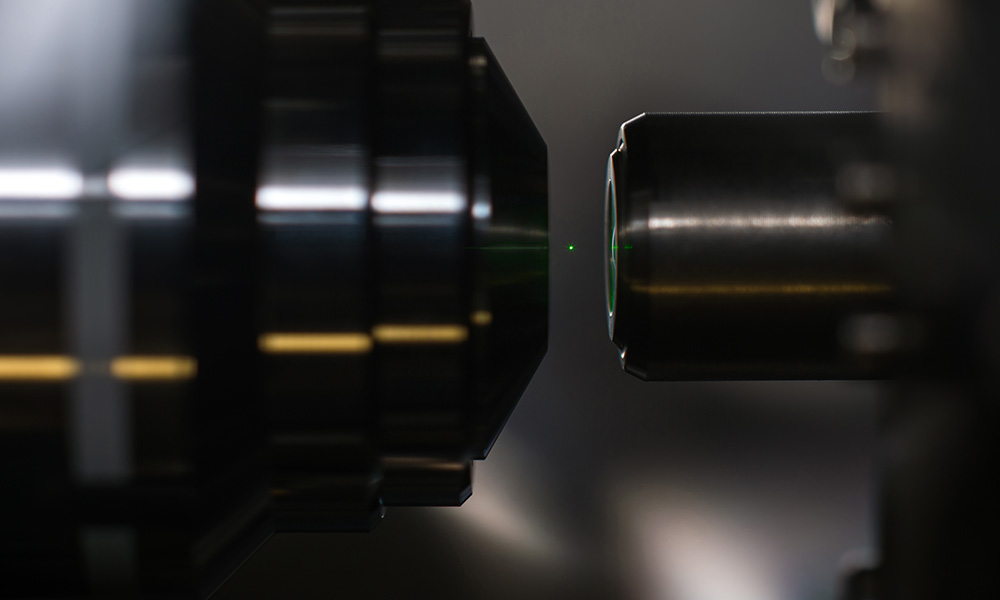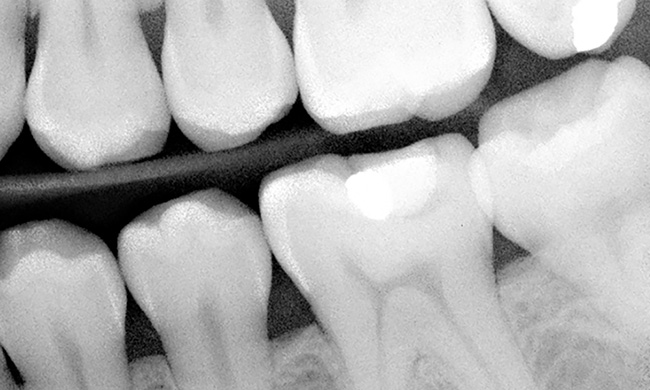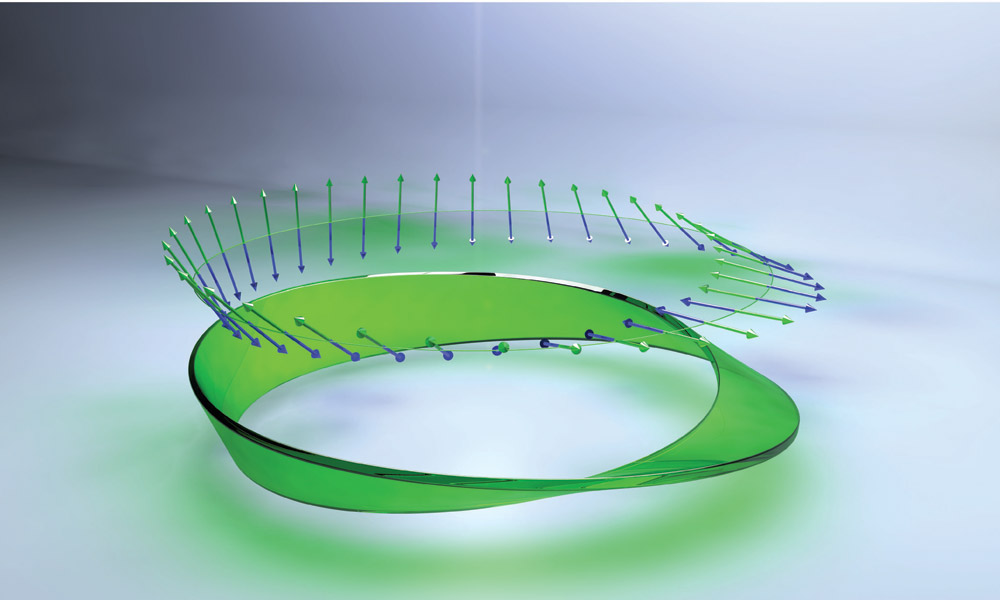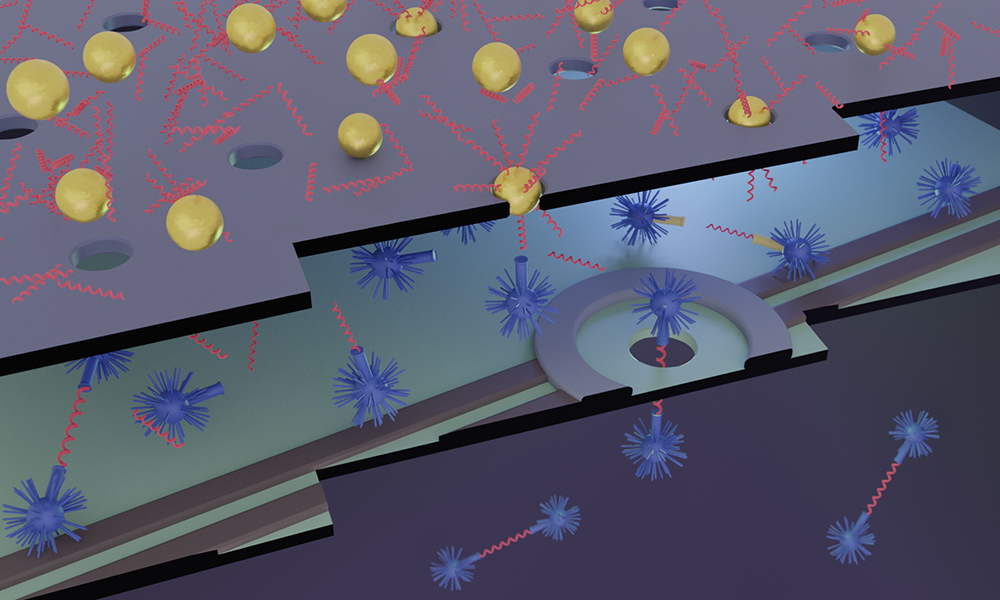
Health & Medicine
Smaller is better for detecting biomarkers of trauma and cancer
September 15, 2021
Detecting tiny biomarkers circulating in our bodies is problematic and costly. Researchers are developing a cost-effective detection device using nanotechnology.

